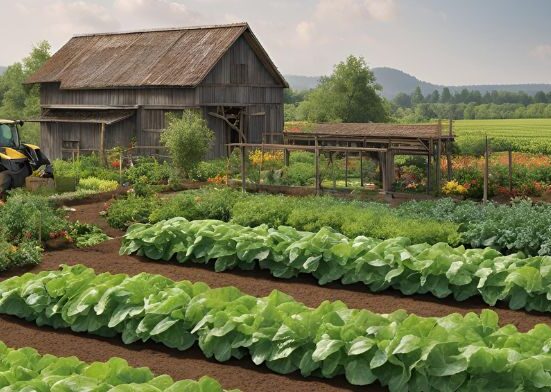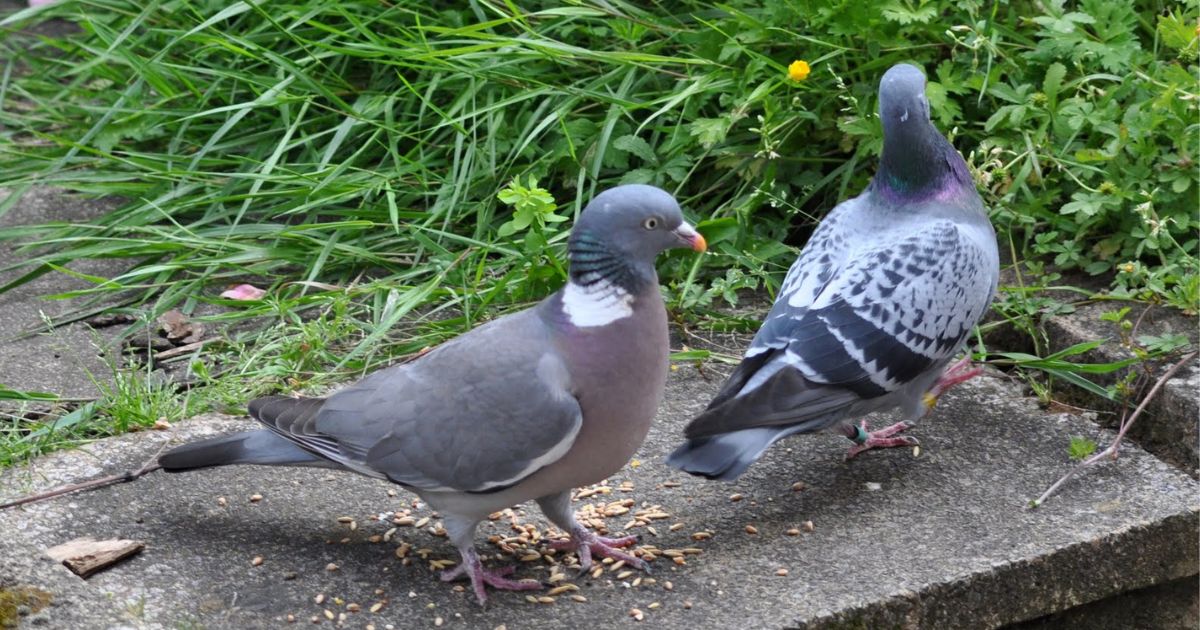Raising homing pigeons is a fascinating and rewarding hobby that combines care, patience, and Training. These intelligent birds are famous for their incredible ability to find their way home from long distances, making them popular for pigeon racing, message carrying, and companionship.Whether you’re a beginner looking to start a new hobby or an enthusiast interested in pigeon racing, learning how to properly raise homing pigeons is essential. From setting up a comfortable loft and selecting healthy birds to training them for navigation and maintaining their overall health, each step plays a vital role in their development.
In this guide, you’ll discover everything you need to know about raising homing pigeon, from feeding and breeding to Training and care. With the right approach, you can build a strong bond with your pigeons while ensuring they stay healthy, active, and well-trained.
What is a Homing Pigeon
Homing pigeons are a special breed of domesticated birds known for their remarkable ability to navigate and return home over long distances. For centuries, humans have relied on these intelligent creatures for carrying messages, racing, and even symbolic purposes. Unlike ordinary pigeons, homing pigeons possess a strong homing instinct, which allows them to find their way back to their lofts using the Earth’s magnetic fields, the sun’s position, and even their sharp sense of smell.These birds have a rich history. Ancient civilizations, including the Romans, Egyptians, and Greeks, used homing pigeons as messengers during wars and trade. Today, they are mainly raised for racing, breeding, and as pets. Their endurance, speed, and intelligence make them a favorite among bird enthusiasts worldwide.
Homing pigeons are also social animals. Boosting Soil Health: They thrive in groups and often develop deep bonds with their mates, returning to their lofts for food, shelter, and companionship. With proper care, these pigeons can live up to 15 years or more, making them a long-term commitment for any owner.Understanding their natural instincts and behavior is the first step toward successfully raising, Training, and caring for pigeons homing pigeons.
Preparing to Raise Homing Pigeons
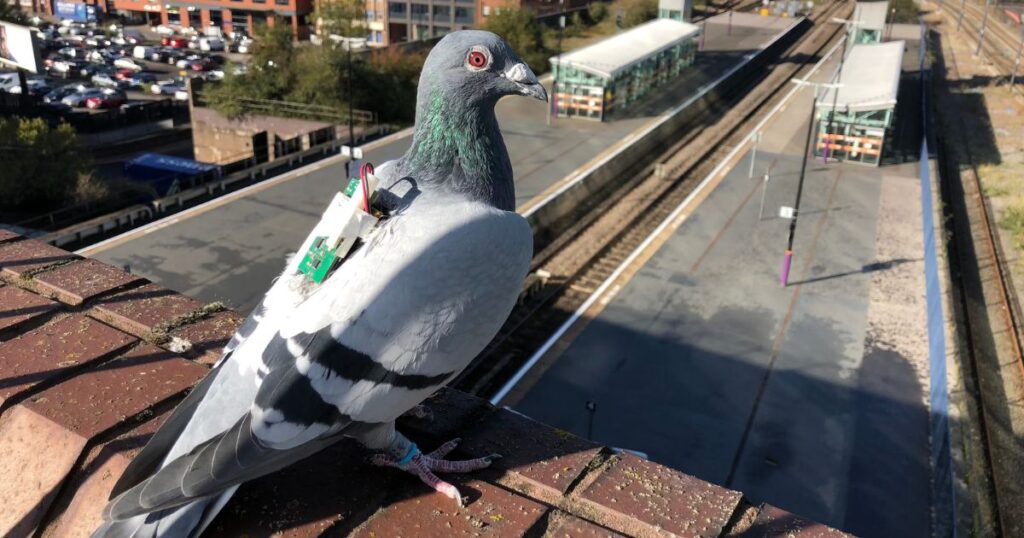
Before you start raising homing pigeons, to guarantee their comfort, safety, and well-being, adequate preparation is crucial. These birds require a suitable environment, sufficient resources, and consistent care to thrive. Here are the key steps to prepare yourself before bringing homer pigeons home:
Choose the Right Location
Select a quiet, safe, and open area to set up your pigeon loft. It should be away from predators, heavy traffic, and loud disturbances. The Loft should be placed in an elevated position for better visibility and security.
Check Local Laws and Regulations
Before getting pigeons, review any local zoning rules or permits related to keeping birds. Some regions have restrictions, especially in urban areas, so it’s essential to stay compliant.
Plan Your Budget
Raising homing pigeons requires an investment in a pigeon loft, feed, healthcare, and Training. Prepare a budget to manage ongoing costs comfortably.
Learn the Basics
Read books, join pigeon clubs, and connect with experienced breeders to gather valuable tips before starting.
Proper preparation ensures your pigeons will have a safe, healthy, and stress-free environment, which is the foundation for successful Training and breeding.
Building or Setting Up a Pigeon Loft
A well-designed pigeon loft is the foundation of successfully raising pigeon training. It serves as their home, training base, and breeding area, so it must provide comfort, security, and cleanliness. Here’s how to set up the perfect Loft:
Choose the Right Size and Location
- Place the Loft in a quiet, elevated, and open area to help pigeons easily spot their home while returning.
- The size depends on the number of pigeons you plan to keep — ideally, 4–5 square feet per bird ensures enough space.
Ensure Proper Ventilation and Lighting
- Good airflow prevents diseases and keeps the Loft fresh.
- Natural sunlight is essential for the pigeons’ health, but ensure there’s also shade to protect them from excessive heat.
Include Nest Boxes and Perches
- Provide comfortable nesting boxes for breeding pairs.
- Install strong perches so pigeons can rest without crowding.
Set Up Feeding and Water Stations
- Use separate containers for food and water to maintain hygiene.
- Always keep fresh, clean water available.
Maintain Cleanliness and Hygiene
- Clean the Loft regularly to prevent diseases.
- Disinfect perches, nest boxes, and feeding stations frequently.
A well-built loft ensures your pigeons stay healthy, stress-free, and safe while helping them develop strong homing instincts.
Selecting the Right Homing Pigeons
Choosing the right training pigeons is one of the most important steps when starting your pigeon-raising journey. Healthy, strong, and well-bred pigeons make Training easier and ensure long-term success. Here’s what to consider when selecting your birds:
Buy from Reputable Breeders
Always purchase pigeons from trusted breeders or pigeon clubs. Experienced breeders maintain proper records of lineage, health, and performance, which helps you get quality birds.
Check the Health of the Birds
Look for signs of active, alert, and healthy pigeons:
- Bright, clear eyes
- Smooth, shiny feathers
- Clean nostrils and feet
- Steady breathing without wheezing
- Avoid pigeons that look weak, tired, or underweight.
Consider Age and Training Level
For beginners, it’s best to start with young pigeons (6–8 weeks old) because they adapt quickly to new lofts and Training routines. Avoid older birds unless they are well-trained homers.
Choose Beginner-Friendly Breeds
Some homing pigeon breeds are easier to train than others. Popular beginner-friendly options include:
- Racing Homers – Fast, strong, and widely available.
- Tipplers – Good endurance flyers and easy to manage.
Check Pedigree and Performance Records
If you plan to race homing bird review their family history and past performance records to select birds with strong homing instincts.Selecting healthy, Modern Commercial Agriculture: Feeding the Global Economy well-bred pigeons lays the foundation for successful Training, breeding, and racing.
Feeding and Nutrition
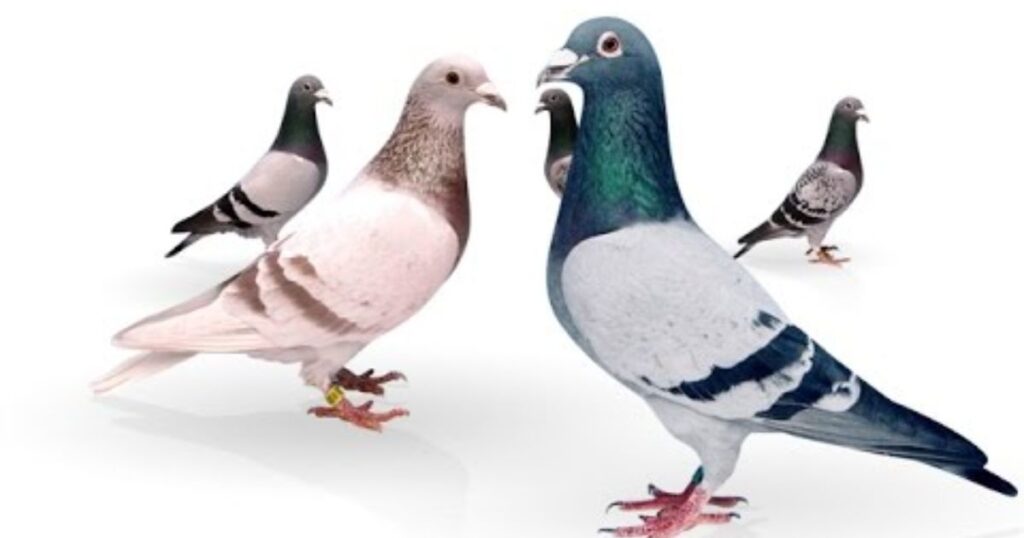
It is essential for household maintenance to maintain a balanced diet and nutrition. Pigeons are healthy, active, and strong. A well-balanced diet boosts their energy, stamina, immunity, and homing ability, making it one of the most critical aspects of pigeon care. Here’s what you need to know:
Provide a Balanced Diet
Homing pigeons need a mix of grains, seeds, and legumes to meet their nutritional needs. A typical diet includes:
- Corn – Rich in energy and carbohydrates
- Wheat – Provides protein and fiber
- Millet & Sorghum – Lightweight grains that aid digestion
- Peas & Lentils – Essential for protein and muscle strength
Offer Fresh, Clean Water
Pigeons require clean water daily. Dehydration can quickly affect their health and flight performance. Change water regularly and clean the containers to prevent bacteria buildup.
Add Vitamins and Minerals
Supplements like calcium, Boer Goats: A Complete Guide to Raising Breeding and Caring grit, and multivitamins are vital for bone strength, digestion, and overall well-being. Natural grit helps pigeons grind and digest grains effectively.
Maintain a Feeding Schedule
Feed your pigeons twice daily, once in the morning and once in the evening. Avoid overfeeding to prevent obesity and sluggishness.
Adjust Diet for Training and Racing
During Training or racing season, increase energy-rich grains like corn and sunflower seeds to enhance stamina and speed.A proper diet keeps your pigeons healthy, active, and capable of flying long distances with ease.
Training Homing Pigeons
Training homing pigeons is an essential step to develop their navigation skills, loyalty to the Loft, and strong homing instincts. With patience, consistency, and the appropriate techniques, your pigeons will learn to return home from long distances with ease. Here’s a complete guide:
Start Training at the Right Age
Begin training young pigeons at around 6 to 8 weeks old. At this stage, they are easier to adapt and form a strong attachment to their Loft.
Familiarize Pigeons with the Loft
Before outdoor Training, let them spend a few weeks inside the Loft so they recognize it as their safe home. This helps develop loyalty and reduces the risk of losing birds.
Begin Short-Distance Training
- Start by releasing them 100–200 meters away from the Loft.
- Gradually increase the distance by half a mile each time.
- Be patient and consistent; short, regular sessions are most effective.
Use Gradual Distance Increases
Over time, extend the training distance up to 5, 10, and eventually 20 miles. Never jump too far too quickly, as it can confuse or exhaust the pigeons.
Train in Different Directions
Release pigeons from various locations and directions to strengthen their natural homing instincts.
Practice Loft Flying
Allow pigeons to circle and exercise around the Loft daily. This boosts their stamina and orientation skills.
Stay Consistent and Patient
Training takes time, so avoid overworking the birds. Always reward them with fresh food and water after sessions.With consistent practice, your pigeons will develop excellent homing abilities and be ready for long-distance flights or even competitive racing.
Health Care and Disease Prevention
Proper health care and disease prevention are vital for keeping your homing pigeons strong, active, and capable of performing at their best. Since pigeons are social birds living in groups, maintaining good hygiene and regular health checks is essential to prevent infections and keep the entire Loft healthy.
Maintain Loft Hygiene
- Clean the Loft at least once a week to remove droppings and leftover food.
- Disinfect perches, nest boxes, and feeders regularly to reduce germs.
- Ensure proper ventilation to avoid dampness, The Health Benefits of Peaches: A Nutritional Powerhouse which can cause respiratory problems.
Vaccinate Your Pigeons
Vaccinations are essential for preventing common illnesses such as:
- Paramyxovirus (PMV)
- Pigeon Pox
- Paratyphoid
- Consult an avian vet to create a proper vaccination schedule.
Prevent Parasites
Homing pigeons are prone to mites, lice, and worms, which can affect their health and flying performance. Use safe dewormers and pest-control powders regularly.
Monitor for Common Diseases
Watch for symptoms like:
- Lethargy or weakness
- Loss of appetite
- Nasal discharge or breathing issues
- Ruffled feathers or watery droppings
- Early detection makes treatment more effective.
Provide a Healthy Diet and Supplements
A balanced diet with grains, vitamins, minerals, and grit boosts immunity and overall well-being.
Regular Health Checks
Schedule routine vet visits and inspect each pigeon individually to spot early signs of illness.Healthy pigeons are happier, stronger, and more reliable in Training and racing.
Breeding Homing Pigeons
Breeding homing pigeons is both rewarding and essential for maintaining a healthy, strong flock. With proper care, you can produce birds with excellent homing instincts, endurance, and racing potential. Here’s how to successfully breed pigeons:
Choose Healthy Breeding Pairs
Select strong, disease-free pigeons with proven homing ability. Look for active birds with smooth feathers, bright eyes, and good body condition. Pair birds that complement each other’s strengths to improve the quality of offspring.
Prepare Nesting Boxes
Provide private, comfortable nesting boxes for each pair. The boxes should be clean, well-ventilated, and safe from predators. Use straw or soft materials to create a cozy environment for eggs and chicks.
Mating and Egg Care
- Pigeons usually lay two eggs per clutch.
- Incubation takes about 17–19 days, with both parents taking turns keeping the eggs warm.
- Avoid disturbing the nest during this period to prevent stress.
Caring for Squabs (Baby Pigeons)
- After hatching, both parents feed the squabs with pigeon milk, which is rich in nutrients.
- Ensure a safe, warm environment and monitor their growth closely.
- Introduce solid food gradually once the squabs are about 2–3 weeks old.
Maintain Records
Keep track of pairings, hatch dates, and lineage. This helps in selecting the best birds for future breeding and racing.Proper breeding practices ensure a strong, healthy flock with excellent homing instincts, preparing your pigeons for Training, racing, or long-distance flights.
Tips for Beginners
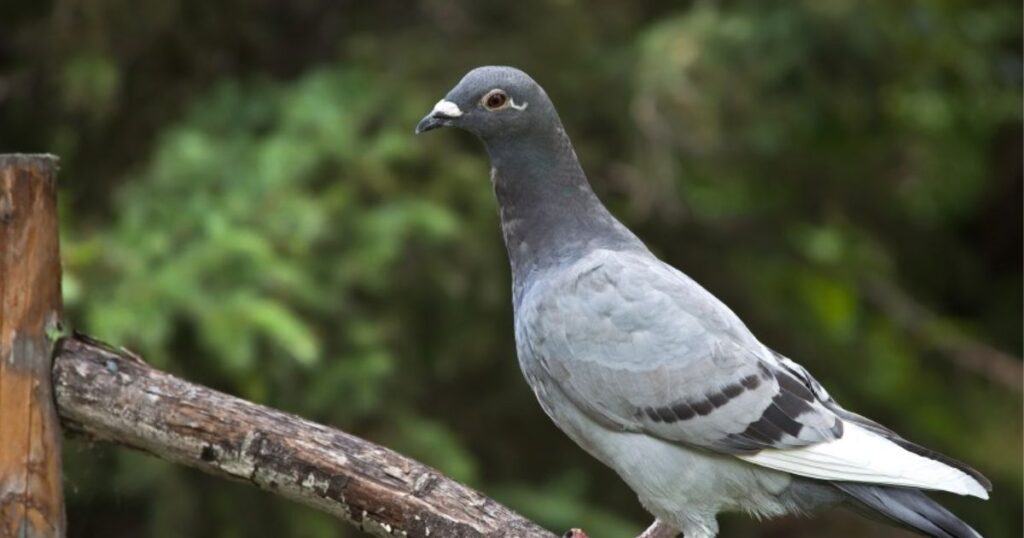
Raising homing pigeons can be a gratifying hobby, but beginners often face challenges when starting. Following a few simple tips can make the process easier, more enjoyable, and successful:
Start Small
Begin with a small number of pigeons, ideally 4–6 birds. This allows you to focus on learning their care, behavior, and Training without feeling overwhelmed.
Be Patient and Consistent
Training and caring for pigeons requires time and dedication. Stick to feeding schedules, training routines, and cleaning habits consistently to build trust and strong homing instincts.
Observe Your Birds Closely
Spend time watching your pigeons’ behavior. Noticing changes in appetite, activity, or feather condition early can prevent health problems.
Connect with Pigeon Communities
Join local pigeon clubs or online forums. Experienced pigeon keepers can offer valuable advice, tips, and mentorship, especially on Training and breeding.
Keep Records
Track essential details like feeding, health checks, training progress, and breeding pairs. Good record-keeping makes managing your flock much easier and helps with future planning.
Provide a Safe Environment
Ensure your Loft is secure from predators, weather extremes, and disturbances. A safe, clean loft keeps pigeons healthy and stress-free.
Avoid Overtraining or Overfeeding
Balance is key. Overtraining or excessive feeding can harm the birds’ health and reduce performance.
By following these tips, beginners can develop a strong, healthy flock and enjoy the rewarding experience of raising homing pigeons successfully.
Conclusion
Raising homing pigeons is a rewarding and fulfilling hobby that combines patience, care, and dedication. From selecting healthy birds and setting up a well-designed loft to providing proper nutrition, Training, and healthcare, every step plays a vital role in the success of your flock.Understanding your pigeons’ natural instincts, maintaining a clean and safe environment, and following consistent training routines ensure that your birds develop strong homing abilities and remain healthy for years. Tomato Cage Guide: Support For Stronger Plants Breeding carefully and keeping accurate records further strengthens your flock and prepares them for long-distance flights or competitive racing.
For beginners, starting small, observing your birds closely, and seeking advice from experienced pigeon keepers make the journey smoother and more enjoyable. With time and commitment, you’ll not only have a thriving flock of homing pigeons but also savor the special connection that forms between you and these devoted, wise birds.Homing pigeons is more than simply a pastime; it becomes a lifetime love that teaches patience, responsibility, and the joy of nurturing life.
FAQ
1. How long does it take to train a homing pigeon?
Training usually begins at 6–8 weeks of age. Short-distance training starts immediately, and pigeons gradually learn longer routes over several months. Consistency is key to developing strong homing instincts.
2. Can homing pigeons find their way home from anywhere?
Homing pigeons have a fantastic sense of direction, but they need to be familiar with their Loft. They may struggle if released too far away from familiar locations. Gradual distance increases improve their navigation skills.
3. What is the average lifespan of a homing pigeon?
With proper care, nutrition, and protection from disease, homing pigeons can live 12–15 years, and sometimes even longer.
4. Do homing pigeons need special care during winter?
Yes. Ensure the Loft is dry, insulated, and free from drafts. Provide extra food to maintain energy levels and check water sources regularly to prevent freezing.
5. Can I keep homing pigeons in an urban environment?
Yes, as long as the Loft is safe, clean, and spacious. Ensure proper ventilation, protection from predators, and compliance with local regulations regarding bird keeping.




